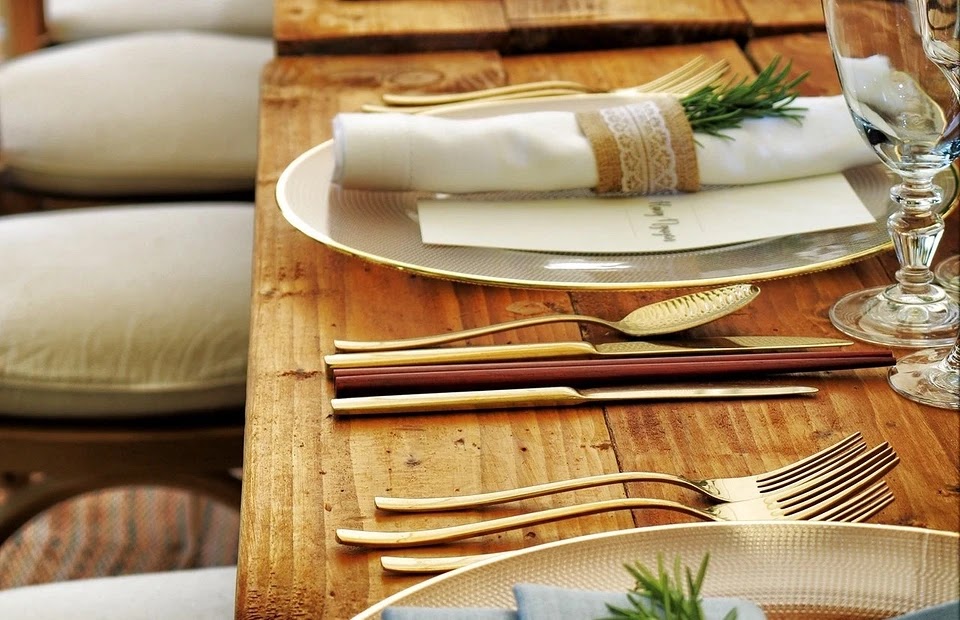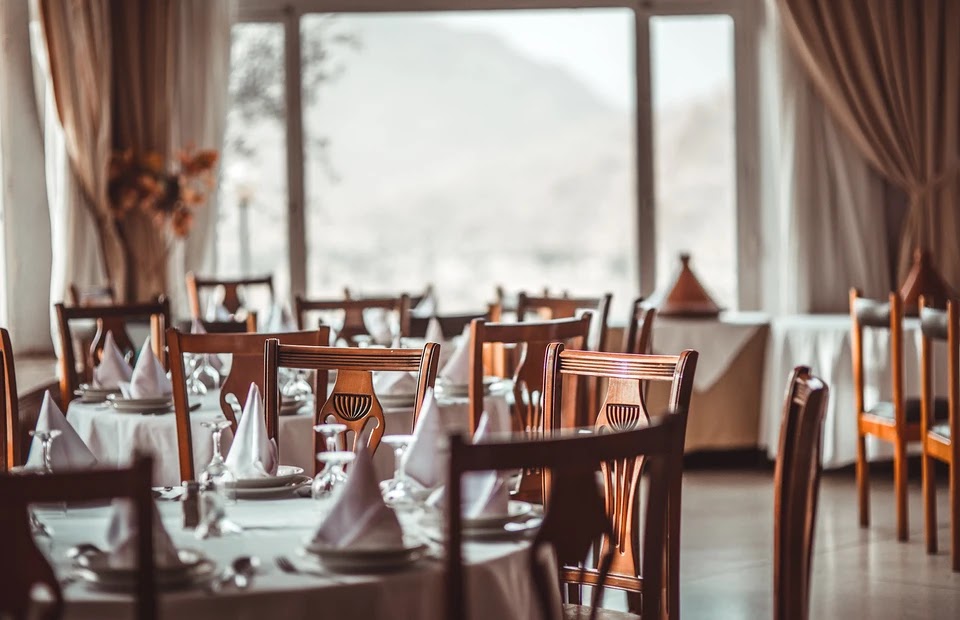In modern society, etiquette is treated as something outdated. But in vain! Everyone should know the basic rules - this will be discussed in our article.
How etiquette appeared
Etiquette is a set of general rules for proper behavior in society. This term first appeared at the court of the French king Louis XIV. Before the event, all guests were handed out cards containing the basic rules of conduct.
The rules existed earlier, during the Middle Ages, they just were not fixed. They boiled down to the fact that the guests were seated at the table in a certain sequence. And the cutlery? They simply did not exist then.
Forks and spoons began to appear in European countries from the 15th century, and since then their use has become mandatory during banquets. In the era of the Enlightenment, the norms of etiquette became more democratic and became widespread among different classes.
In Russia, there were also norms of behavior during a meal: for example, at the beginning, all guests drank a glass of alcohol and ate it with bread. There were expensive appliances on the table, but they played a more decorative role and served as an indicator of the well-being of the owner.
European table manners came to the Russian Empire during the reign of Peter I. This is evidenced by the fashion for French among the upper class. Later, the basic rules of etiquette spread among the less educated population.
Basic rules of conduct at the table at home and in a restaurant
1. Rules of etiquette at the table
Dining standards of conduct include the rules for handling cutlery, the culture of communication with guests, organizers and waiters.
Seating for guests of a banquet or a feast:
- If guests are not given a seating plan but must wait standing up until the host tells them where to sit.
- The host or organizer sits at the head, the guests of honor sit nearby, and the younger generation finds itself on the opposite side.
- Ladies always sit down at the table first, and men help them move the chairs.
- You can start eating after the host has served the first course. If the meal takes place in a restaurant, then everyone is waiting for the waiters to bring food to everyone.
- All other dishes can be eaten without waiting for the rest.
- If the guest is late, no more than 20 minutes are expected. He must apologize to those present and go to his place. It is not necessary to go into details.
- During a meal, you should not make chomping sounds and loudly wielding cutlery.
- It is considered good form if only brushes are on the table. Putting your elbows on is ugly and impolite towards other guests.
- If the dish is far from the guest, he should ask to pass it. Do not stretch across the table.
- You should not delve into a common dish, you should take what lies closest.
- Wine glasses are half full. The gentlemen pour drinks to the women sitting to their right.
- After the guests have finished eating, they continue their conversation. It is impolite to leave the table right away.
- If you need to leave urgently, you should apologize to the organizer of the feast and thank for the invitation.
2. Rules of etiquette when communicating with other guests
- During the conversation with the rest of the guests, you should not touch on political, religious, family and financial topics, as they can provoke quarrels and conflicts.
- Laughing violently and active gestures are not encouraged - it distracts from eating.
- It is also indecent to shy away from the conversation, you need to listen to the interlocutor and take part in the conversation.
- Don't discuss unpleasant health-related topics. This can kill the appetite of the rest of the conversation.
- It is forbidden to make unflattering remarks about the organizer of the feast, his guests and dishes.
- It is impolite to talk or correspond on the phone. If the issue is urgent, you need to step back and fix the problem.
- You shouldn't start a conversation with someone who is chewing food. He will feel uncomfortable.
3. Rules of etiquette when using napkins and cutlery
Napkins
Cutlery
- Sandwiches and snacks are consumed with a knife and fork (not with your hands).
- Hot cocotte snacks are taken with teaspoons (not a fork).
- For exotic dishes (for example, oysters) and desserts, special devices are served.
- Pizza, sandwiches and pies can be eaten with your hands.
- You need to cut the dish towards you to avoid accidental injury.
- The knife is used only for cutting and holding pieces of food, you cannot eat from it.
- When using hot dishes, do not cut everything into small pieces at once. Usually cut off gradually - this way the dish cools less and looks aesthetically pleasing.
- If the cutlery has fallen to the floor, do not lift it. They just ask to bring a clean copy.
- If one of the guests asked to give him a cutlery, then the other gives it to him with the blunt side.
- Liquid dishes (soup) are eaten with a spoon towards themselves, so as not to splatter others.
- Stir the drink with a teaspoon and put it next to it, you cannot keep it in a cup.
- Stir any food slowly and carefully, do not knock on the dishes with instruments.
- Used copies are not placed on the tablecloth, but left on a plate.
- If one of the guests asks to give him a dish that is eaten with his hands, then this should be done with special tweezers.
4. Purpose of cutlery
- A tablespoon is the largest utensil for a first course . It is placed to the right of the plate.
- A dessert spoon is similar to a table spoon, but has a more graceful shape. It is suitable for puddings, jellies, mousses.
- Ice cream scoop is not included with all cutlery. Usually it is brought along with the dessert itself.
- The cocktail spoon is in the glass and serves as a decoration, it is not removed during use.
- A teaspoon and a coffee spoon are served with the respective beverage. It is difficult to confuse here!
- Cutlery: A knife and fork are brought in for the second course and placed closer than the soup cutlery. The fork is held in the left hand, and the knife in the right, an exception is made only for left-handers.
- The arrangement of knives and forks for appetizers, fish dishes is arranged in the order of serving.
- Special appliances for non-standard dishes are served with the food for which they are intended.
5. How to put cutlery in a restaurant according to etiquette
- If the meal is over, then you need to put the knife and fork on the right side of the plate.
- If the guest decides to pause, then he arranges the cutlery in such a way that the edges are on the plate and the handle is on the table.
- If you want more, then you need to fold the fork on top of the knife perpendicularly, teeth up.
- Waiting for the next dish - the cutlery is criss-cross.
- You can thank the chef if you put the appliances parallel to each other with the handles down.
- If you don't like the food at all, you need to cross the knife and fork.
- You can also demand a complaint book with gestures: for this, they put cutlery on the edges of the plate with the handles up.
- The main thing is not to get confused in gestures and to be sure that the staff of the establishment also owns the rules of etiquette.
How to teach your child the rules of table behavior
- First of all, you need to teach (by personal example) to wash your hands with soap and water before every meal.
- Do not turn on the TV or other gadgets that will distract him from eating.
- You can tuck a napkin behind the collar to prevent food from staining your clothes .
- It is better not to give the child metal cutlery. It is worth using plastic options without sharp ends.
- Do not allow your child to swing in the chair and interfere with other family members and guests from eating.
- Do not encourage food games or tantrums during the meal.
- You can gradually teach your child the correct serving. To do this, ask your baby to help prepare the table for eating.






0 Comments